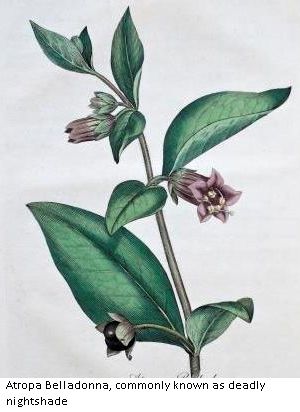The College of Surgeons, which was founded in 1505, established the first known physic garden in Edinburgh.
Edinburgh's First Physic Garden
From 1656, at their newly acquired grounds at Curriehill House, on the site of what is now Old Surgeons’ Hall, the Surgeons of Edinburgh collaborated with the apothecaries to create a physic garden. It allowed them to train apprentices in identifying important medicinal plants. Old Curriehill House was eventually taken down, and the Old Surgeons’ Hall was built by James Smith in Surgeons’ Square in 1697.
Although they worked together with the apothecaries, the surgeons’ focus remained on human anatomy and invasive procedures, whereas the physicians’ approach was to treat patients with medicines derived from plants. For that, not only was an excellent knowledge of plants necessary, but also of how best to extract the plants’ potent substances, their effects on the patient, as well as how to ensure a reliable supply of high-quality medicinal plants. One could even say that the early Edinburgh physic gardens were the first of many battle-grounds between the two evolving professions.
Rival Physic Gardens
When a “rival” physic garden at Holyrood was being planned in the late 1660s, the surgeons were obstructive and opposed the scheme, “dreading that it might usher in a Coledge of Physitians”. And this is indeed what happened. The establishment of physic gardens, therefore, played a role in the early history of the two medical colleges in Edinburgh, especially the developments leading to the foundation of the Royal College of Physicians of Edinburgh.
Gruesome Links
In a final twist linking the site of this early physic garden to the less wholesome aspects of Edinburgh’s medical history, the Old Surgeons’ Hall, built on the location of the original surgeons’ accommodation and their physic garden, became the location where the notorious “body-snatchers” Burke and Hare brought the bodies of people murdered to be sold for the anatomy classes of Dr Knox in 1828.





